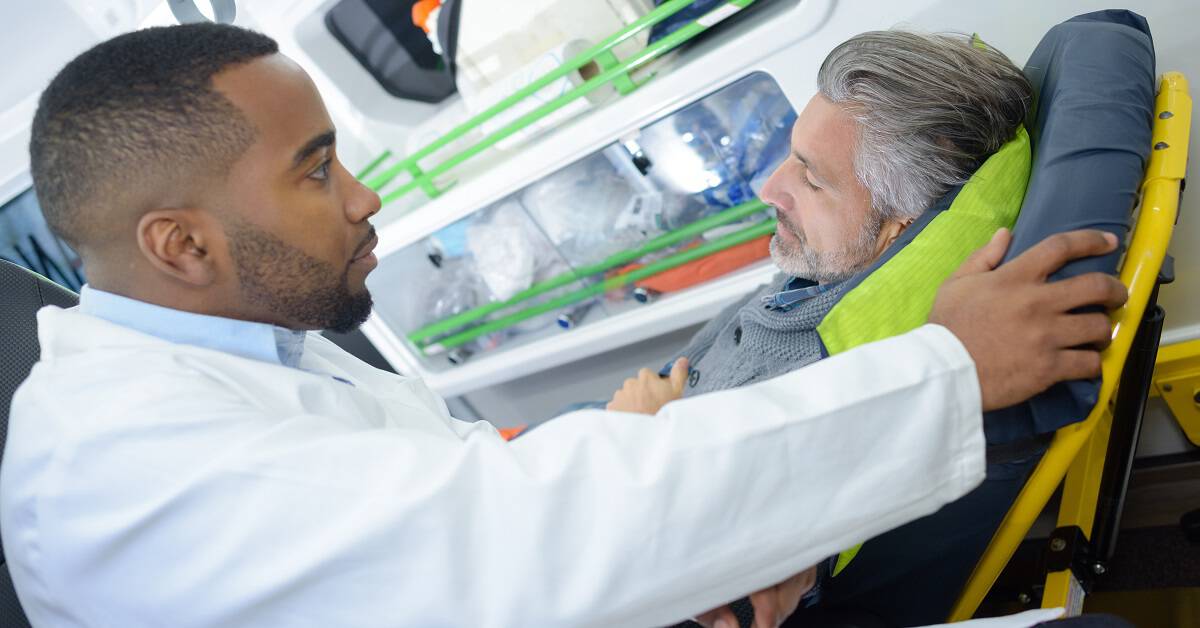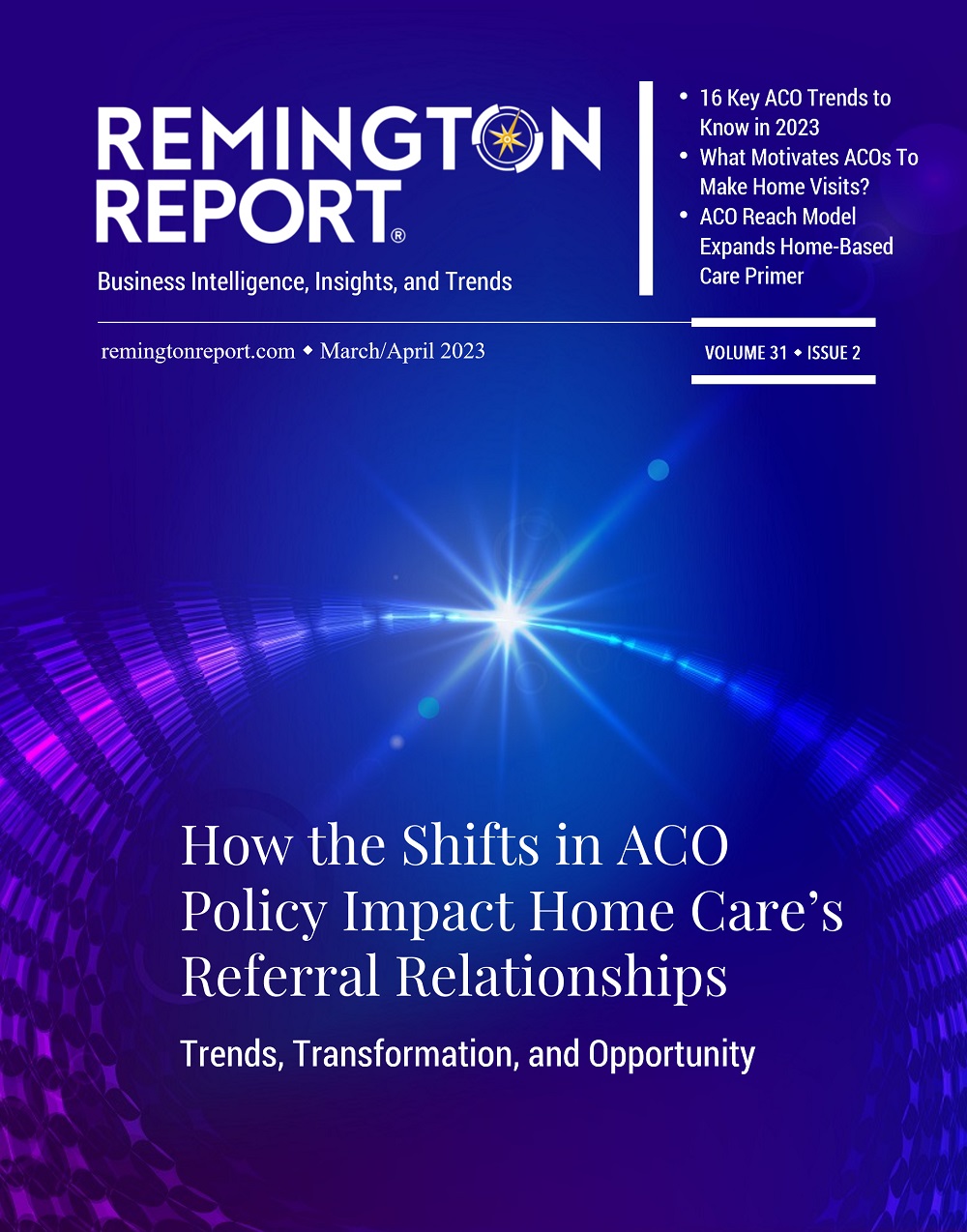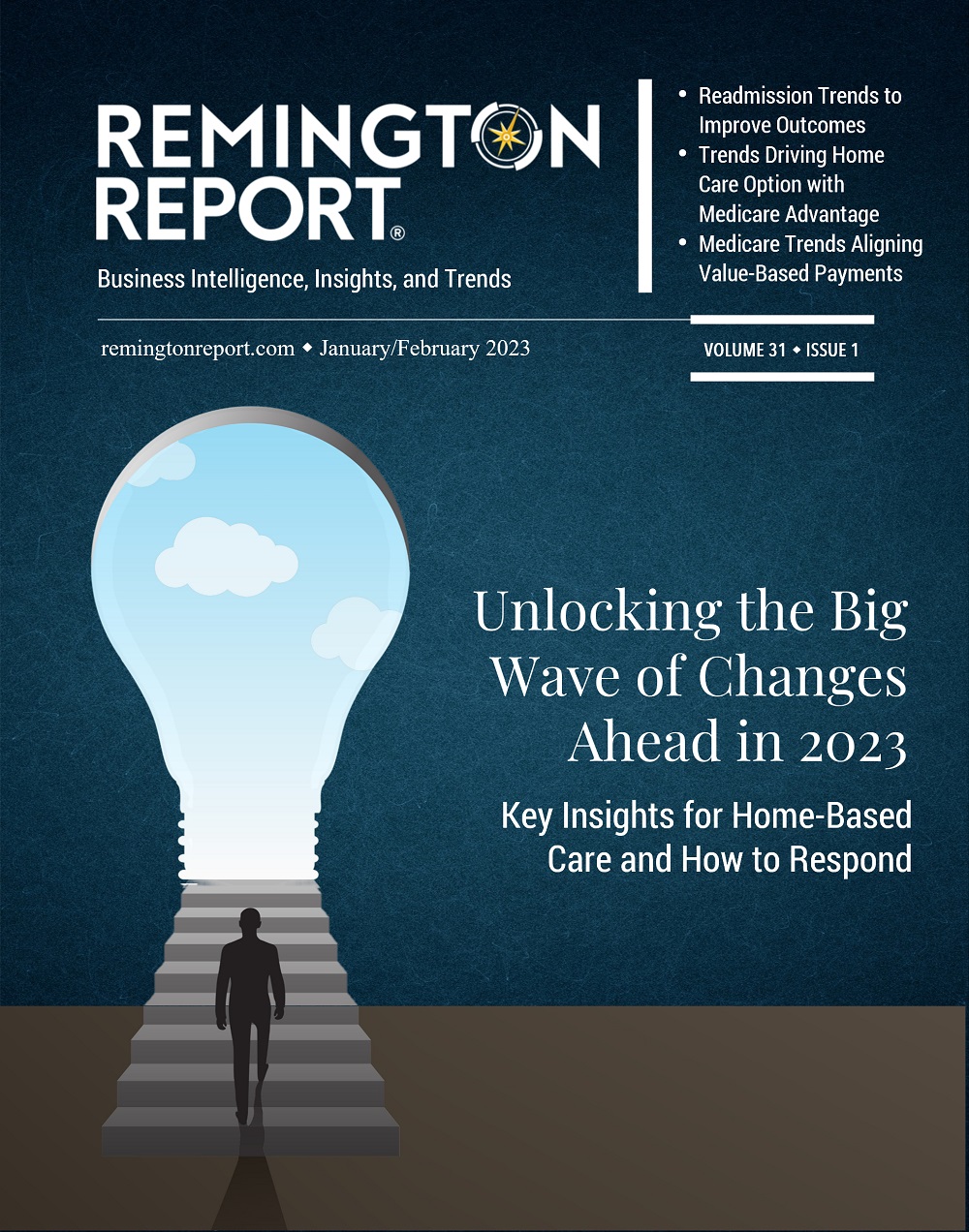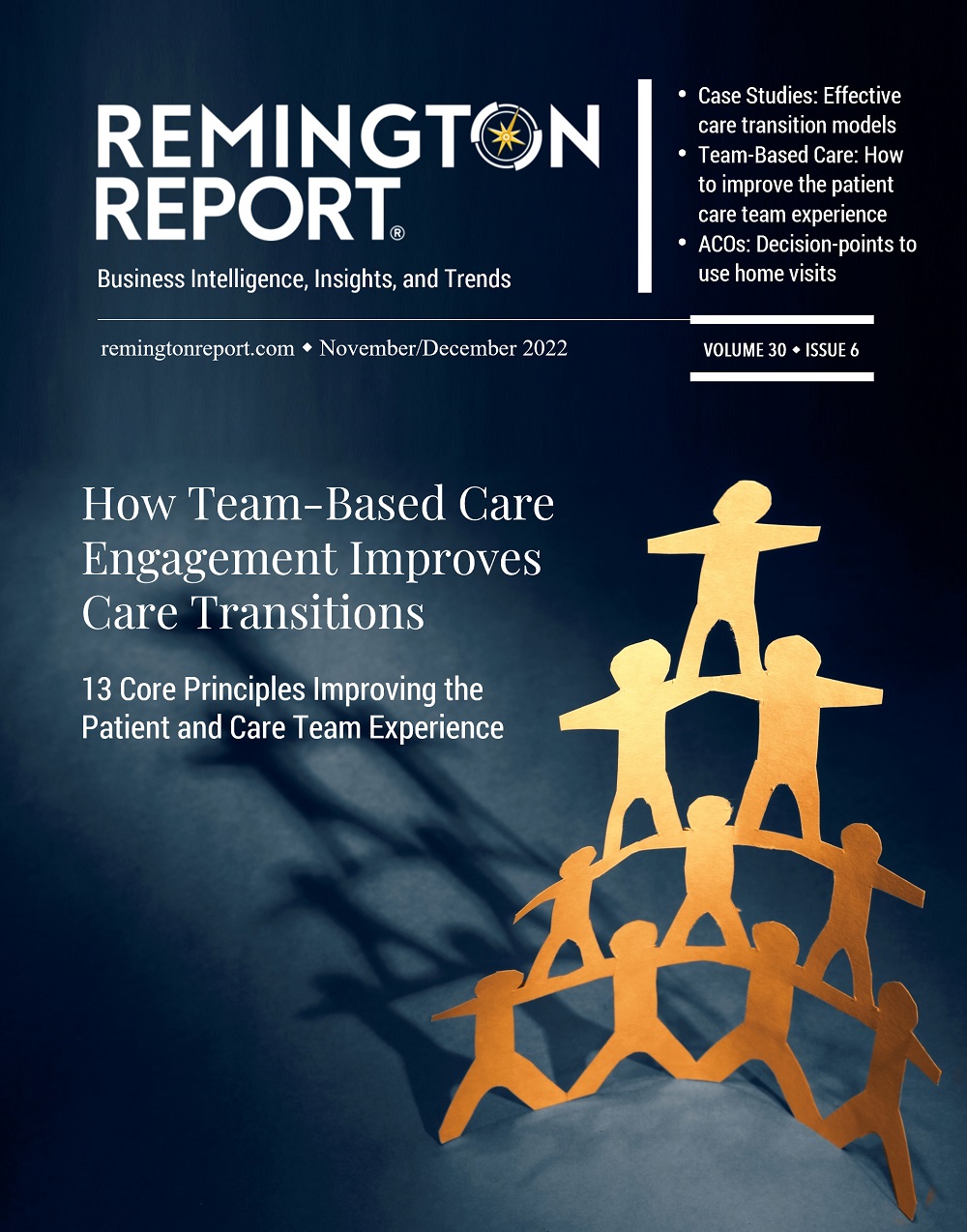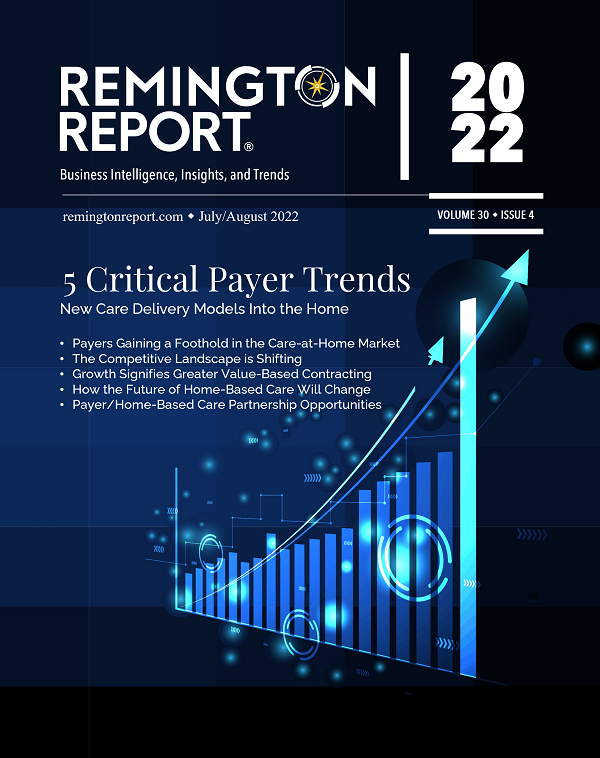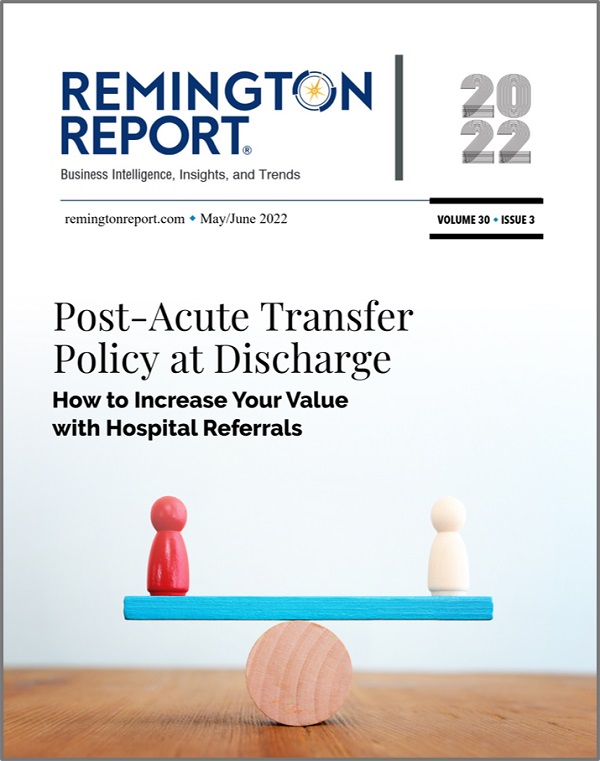Community paramedicine (CP) is a new and evolving model of community-based healthcare in which paramedics function outside their customary emergency response and transport roles in ways that facilitate more appropriate use of emergency care resources and/or enhance access to primary care for medically underserved populations.
CP programs typically are designed to address specific local problems and to take advantage of locally developed linkages and collaborations between and among emergency medical services (EMS) and other healthcare and social service providers and, thus, are varied in nature. Interest in community paramedicine has substantially grown in recent years based on the belief that it may improve access to and quality of care while also reducing costs.
“Some Health systems are testing programs that engage paramedics in efforts to keep patients out of the hospital.”
Some of the delivery system problems targeted by CP programs include overuse of the 911 system for social or psychological problems; the need for alternative means to manage patients who do not require transport to a general acute care hospital emergency department; repeat ED visiting or hospital readmissions due to gaps in care between hospital and outpatient primary care or specialty management; limited or no capacity for short-notice home visits, especially during off hours; and supplementing primary care shortages in underserved areas.
Some Health systems are testing programs that engage paramedics in efforts to keep patients out of the hospital.
- In community paramedicine programs, paramedics visit elderly or frail patients at home to assist with chronic disease management.
- Assist in medication adherence and home safety.
- Administer care if needed and helping patients coordinate with nurses or home-health agencies.
- Take vital signs, administer IV medications, and perform lab tests as well as help patients understand follow-up instructions after being discharged from a hospital.
- Check for risks such as where patients could fall in their homes and whether they understand their medical regimens.
The programs aim to reduce the high costs of emergency room visits and inpatient hospital stays. Hospitals are facing financial penalties from Medicare and other payers when patients are readmitted to the hospital within 30 days of being discharged. A shortage of primary-care doctors and nurses also means paramedics, who have increasingly added medical skills, offer a novel way to get care to more people, especially in rural areas.
In this new role, paramedics augment existing programs like visiting nurse services and home care. They also treat patients who don’t meet home-nursing criteria or don’t want someone in their home all the time but still have complex needs, says David Schoenwetter, an emergency physician and head of the mobile health paramedic pilot program at Geisinger Wyoming Valley Medical Center in Wilkes-Barre, Pa., part of Danville, Pa.-based Geisinger Health System.
Geisinger Wyoming Valley Medical Center in Wilkes-Barre, Pa., has cut 30-day readmissions by 15% and hospital admissions and emergency room visits by 50% among patients with heart failure between March 2014 and June 2015.
In the Geisinger pilot program, mobile health visits can be requested by a patient’s primary-care doctor, a cardiology clinic, or after an emergency room or hospital discharge. Patients who frequently visit the ER are offered the option of being seen at home by a paramedic as an alternative to an ER visit and potential hospital admission, especially for conditions that can be treated at home if caught early.
For example, in heart failure, the heart can’t pump blood normally, and symptoms of a worsening condition include fluid retention. Patients are given a number to call if they develop such symptoms. A paramedic will visit and sometimes use mobile video conferencing technology so doctors can see and talk to patients.

Lisa Remington is widely recognized as one of the foremost futurists in the home care industry, focusing on healthcare trends and disruptive innovation. She serves as the president and publisher of the Remington Report magazine and is also the President of Remington’s Think Tank Strategy Institute. Lisa provides strategic advice and education to over 10,000 organizations, assisting them in developing transformative strategies for growth and their future implications. She closely monitors complex trends and forces of change to develop effective strategic approaches.
